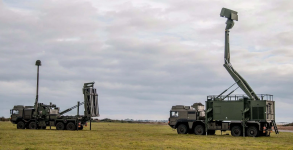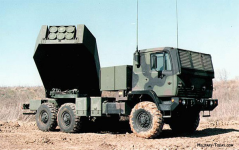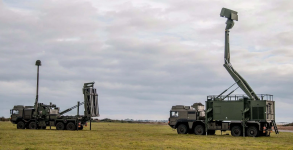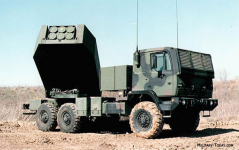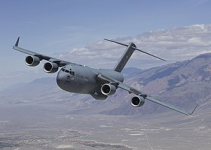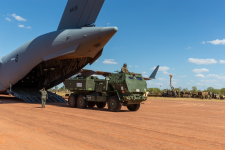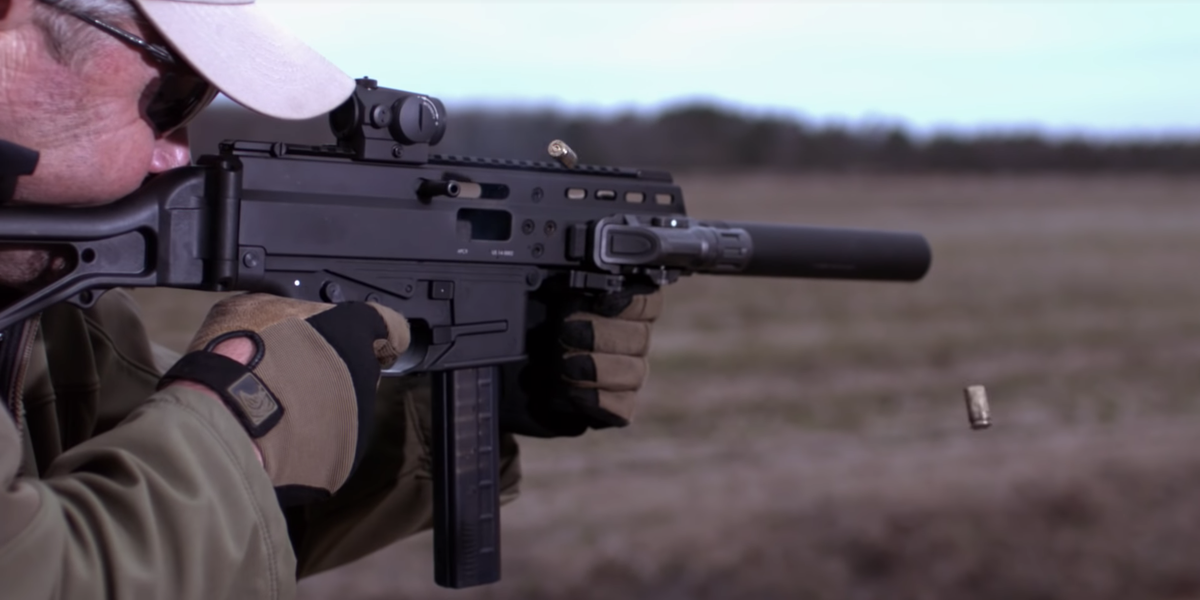A. With the Napkin Force design under your criteria I gave:
1) the Light/Airborne Regiment (which is the only manoeuvre unit that I have) a battalion of artillery which has as its principle weapon 12 x Archer 155 mm for general purpose operations* and a weapon room switch to 16 x 120 mm portable mortars for use on airmobile/airborne operations.
2) In addition there is a general support regiment as part of the Army which has a battalion of 36 SHORAD systems and a battalion of 36 armed UAV or rocket launched loitering munitions systems, and
3) not quite artillery but the RCAF would have one squadron of 25 CH146 attack helicopters (until they finally buy AH64s), two squadrons of 30 F18s (until they buy F35s. I make my squadrons bigger than they are today) and a mixed squadron of 4 x RQ-4 and 6 x MQ-9A
* More likely is that we keep the M777, however, an Archer system saves on manpower in the constrained manning system that we have.
B. If, on the other hand, I was designing a system for Canada's Army of today's size I would choose the following:
1) a gun regiment of 18 x XM1299 155 mm self propelled howitzers* for each of one armoured BCT and for one mechanized BCT (I'm starting to go with BCT for any new brigade sized formations I design for commonality with the US and UK);
2) a gun regiment of 18 x the existing M777s for one light BCT (all excess guns go to the reserves);
3) one deep strike general support regiment with 2 x HIMARS batteries (six launchers each) and 2 x UAV and/or rocket launched loitering munitions batteries (36 launchers each);
4) one regiment of air defence systems** including 2 batteries of the M-SHORAD and 2 batteries of something with directed energy (or possibly 4 batteries of mixed systems of probably 18 x systems each); and
5) I would give the RCAF the same configuration as in the Napkin Force at A 3) above.
* I would probably go with a fully developed US XM1299 when it comes on stream with an autoloader and its characteristics become known. The US will produce them in large numbers and will continue to product improve them for a long life cycle. (and hell, considering our pace of procurement, the XM1277 will be in its A3 version by the time we get them) I would use it for both the ABCT and the MBCT to keep things to one product line for maintenance. Currently an M109A7 comes in at under 30 tons while an Archer comes in at 30 tons (as do LAV 6.0s give or take based on configuration) so there isn't a limiting difference when it comes to rear area mobility or air transportability (dimensions and loadability into C-17 might be an issue - the weight is fine but the new barrel length etc might be an issue - I presume that is being worked into the design specs).
Note as well that I would buy some extra XM1299 s for the reserves not so much as "training guns" but as battle loss spares. All artillery regiments would be manned as 30/70 to 40/60 total force regiments with the HQ battery, one gun battery and the OP battery being predominantly regular force, and two gun batteries and the STA battery being 100% reserve force. Similar for HIMARS, UAV/loitering, and AD but probably closer to 30/70. Therefore all Res F artillery units already have a total force role and are equipped.
** I would contemplate putting the four AD batteries under the GS regiment (rather than a separate AD regiment) as I expect on operations the entire AD regiment would never deploy. So long as there is or are sufficient C2 elements available within the GS Regiment that can be tailored to provide coordination of fire support, air support, STA support etc for two deployed operations simultaneously, then there is no need for both an AD and GS regimental HQ. My expectation is that in routine day-to-day operations we would employ the AD and GS resources probably in troop or battery(-) strength in support of independent battle groups and therefore GS command and coordination cells should be scalable from BG to BCT to above BCT.
If I were king.







